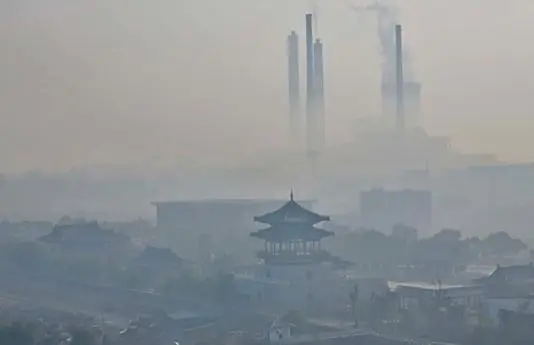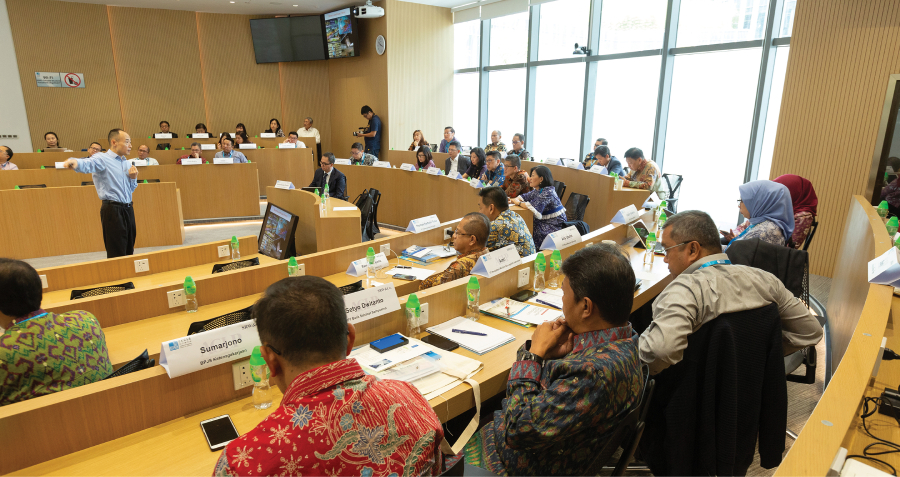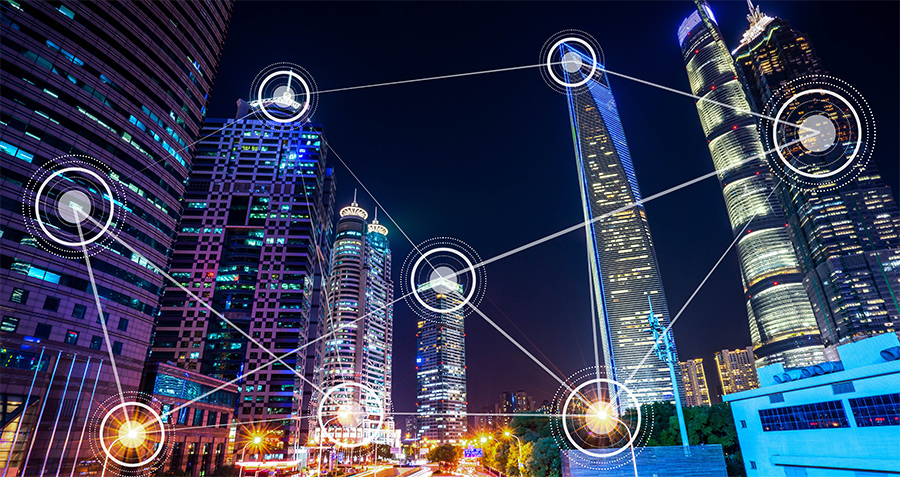Air pollution has been recognized as harmful to humans at least since the time of Hippocrates (circa 400 BC) who attributed various illnesses to “impure and unhealthy” atmospheres. However, it took until the eighteenth century for it to be scientifically measured and even longer for the beginnings of regulation. One of the earliest regulations, the UK’s Clean Air Act of 1956, was spurred on by the “London Fog” of 1952 which is estimated to have prematurely killed 12,000 people in two weeks.
Like other public policy decisions, evaluating an environmental regulation should be based on comparing its social costs to its social benefits. Reducing air pollution may require costs such as abatement equipment, compliance personnel, research and development expenses, and reductions in economic output. Against this must be weighed the benefits. Traditionally, the benefits of pollution reduction were considered to be almost exclusively lower morbidity and mortality. While these are important benefits, economists have recently identified a host of others.
In addition to better physical health, a major benefit of air pollution reduction is improved mental health and subjective wellbeing. Although psychologists originally identified air pollution’s effects on mental health, economists have begun to quantify the economic costs. High air pollution has been found to reduce students’ test scores and overall academic performance, lower adults’ cognitive ability, accelerate dementia, increase driving accidents, and make people less happy and satisfied. This affects not only blue collar workers but also professional workers and managers. Economists have found air pollution significantly impairs judgment or cognition in occupations ranging from call center workers to judges, politicians, investors, and umpires. This means that not only manufacturing but also services are impacted.
Another major social benefit economists have identified in the last few years is that lowering pollution can increase productivity through channels such as higher worker stamina and cognitive ability, reduced work absences, and increased longevity of already-trained workers. Effects have been found not only for outdoor but also indoor workers as many harmful pollutants are small enough to permeate buildings. While most studies to date have looked at productivity improvements in specific occupations such as fruit processors and textile workers, reductions in particulate matter have been shown to increase nationwide productivity in China’s manufacturing sector.
Even previous estimates of air pollution’s impact on health and longevity are likely understated because they fail to account for behavioral responses. When confronted with pollution, people often engage in avoidance behavior. For example, they may spend more time indoors than they otherwise would. Not only is there a direct cost of this – people are not able to engage in the activities they most prefer – it also means that studies relating pollution levels to health outcomes understate the damage that occurs if behavior were to remain unchanged. While economists have identified this issue, more work is needed to quantify by how much morbidity and mortality effects should be adjusted for avoidance behavior.

The most extreme form of avoidance behavior involves moving to a different city with cleaner air. Economists have found significant out-migration in response to long-term pollution levels. Aside from the one-time relocation costs, this would appear to be a zero-sum game because one city’s loss is another’s gain. However, this is not necessarily the case because out-migration results in worse matches of workers’ skills with firms’ needs. More troubling is the fact that research so far has found that high-skilled workers, the main drivers of long-run growth, are more likely to relocate from dirty to clean cities, resulting in regional imbalances.

Economists have also recently uncovered extremely long-term effects of air pollution. Exposure to air pollution in childhood has been shown to lead to fewer years of schooling and lower labor force participation and incomes in adulthood. Areas located downwind of industrial sites have lower growth rates of skilled employment and wages ten to twenty years later. Even more striking, highly-polluted locations had higher shares of low-skilled workers one hundred years later.
What does all this mean for those who set environmental policy? Cost-benefit analyses of regulations should take account of this broader range of previously-unknown benefits of reducing pollution and must account not only for contemporaneous costs but those that will arise many years in the future. To not do so will tip the balance toward too little regulation and an excessively high level of air pollution with all the associated social costs.
By Dr. Brian Viard
Dr. Brian Viard moved to Beijing in 2007 to join the faculty of Cheung Kong Graduate School of Business (CKGSB). Prior to that, he was a professor at Stanford Graduate School of Business. Professor Viard’s research focuses on industrial organization economics, environmental economics, and economics of strategy. Professor Viard’s recent work focuses primarily on environmental economics including the economic effects of China’s efforts to reduce automobile pollution, the effect of air pollution on manufacturing productivity, and how spillovers between Chinese cities affects efforts to reduce air pollution.





















